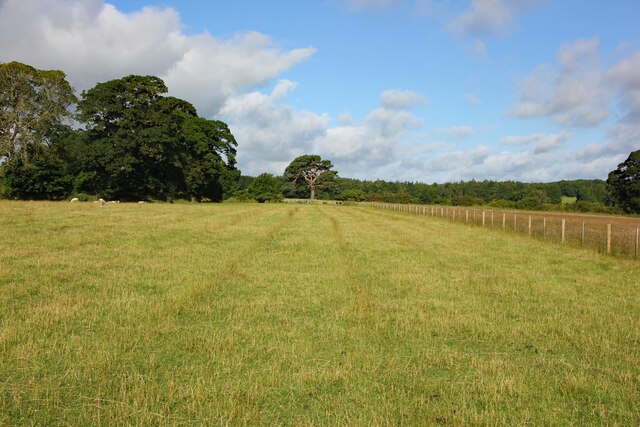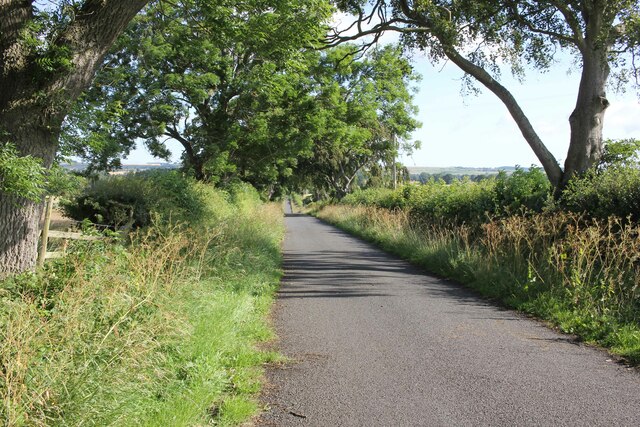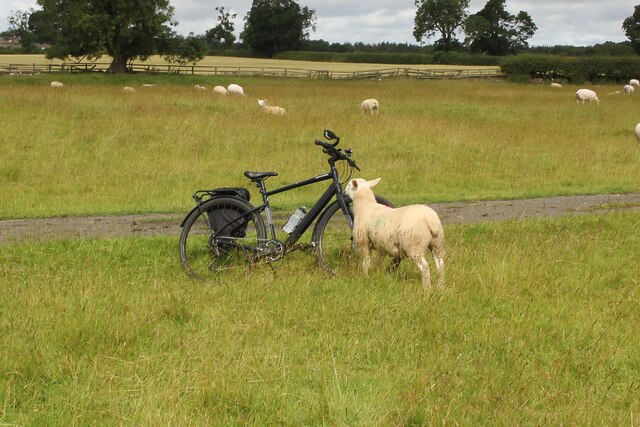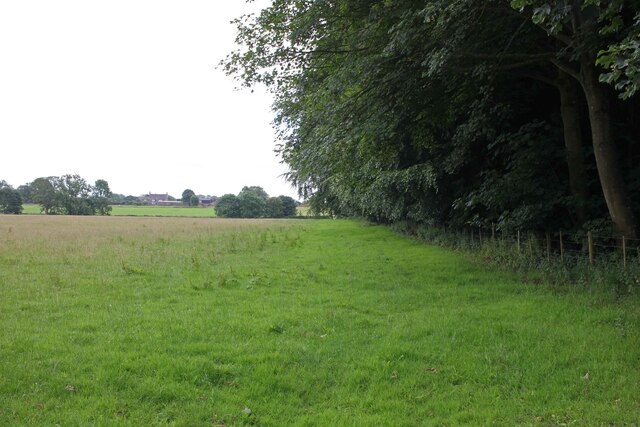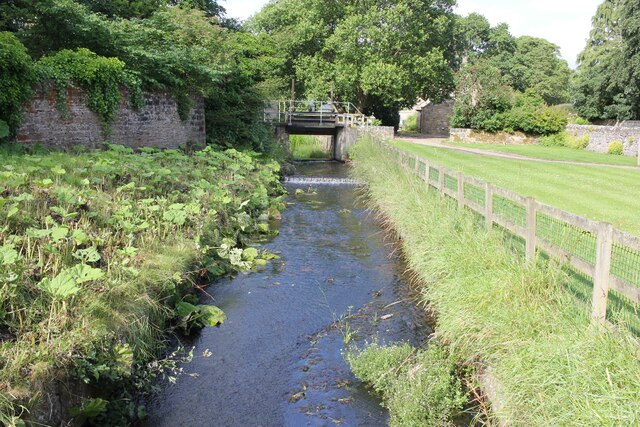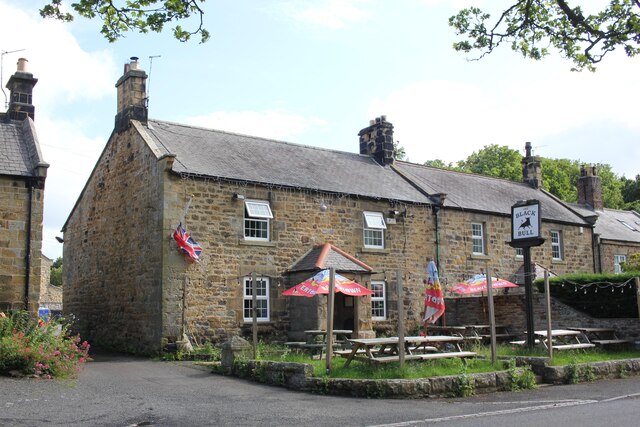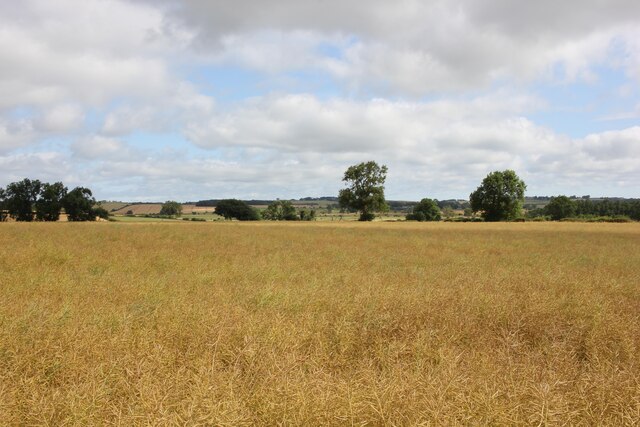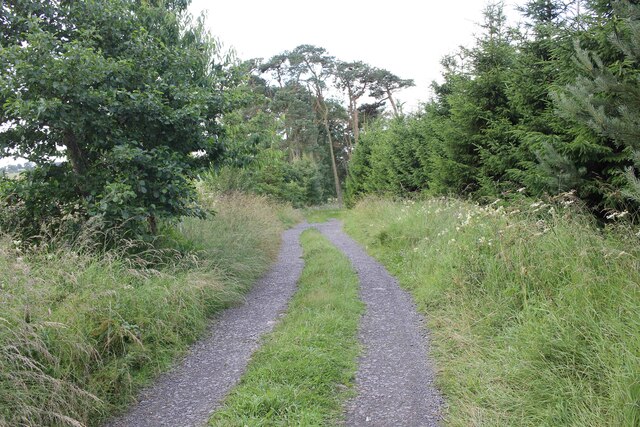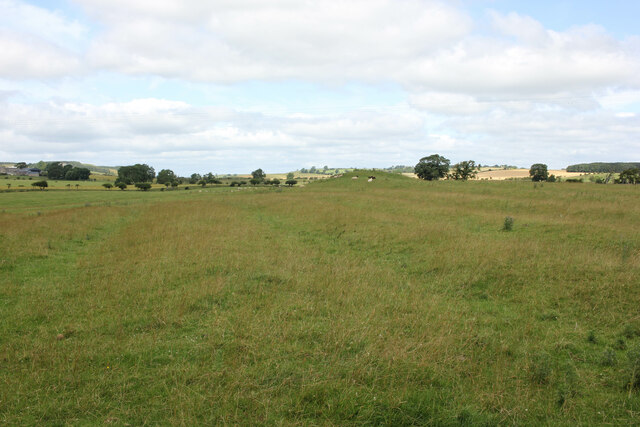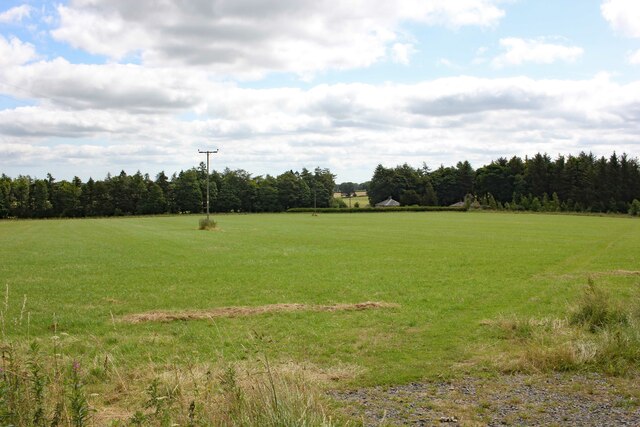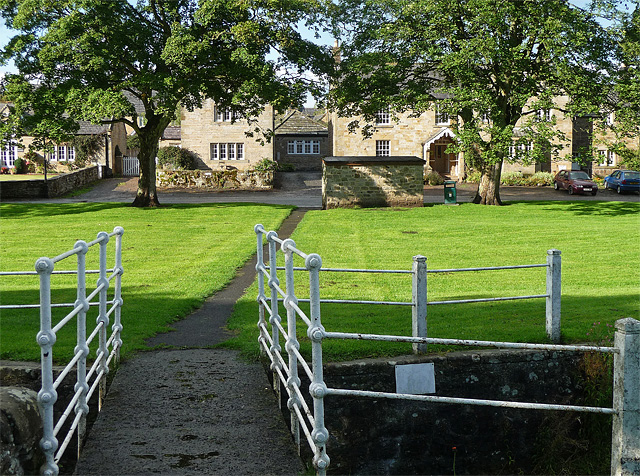Matfen Park
Downs, Moorland in Northumberland
England
Matfen Park

Matfen Park is a picturesque estate located in the heart of Northumberland, England. Covering an area of approximately 300 acres, it is renowned for its stunning landscapes, encompassing downs and moorland.
The downs at Matfen Park offer visitors a unique opportunity to immerse themselves in the beauty of the rolling hills. With their lush greenery and panoramic views, these open spaces provide a tranquil setting for leisurely walks, picnics, or simply enjoying the serenity of nature.
The moorland at Matfen Park is equally captivating, boasting an array of vibrant heather and wildflowers that paint the landscape in a rainbow of colors. This wild and untamed terrain is perfect for those seeking a more adventurous experience, with ample opportunities for hiking, birdwatching, and exploring the diverse flora and fauna that call the moorland home.
Aside from its natural beauty, Matfen Park also offers a range of amenities and activities for visitors to enjoy. The estate is home to a luxurious hotel, renowned for its fine dining and elegant accommodations. Additionally, it features a championship golf course, where golf enthusiasts can challenge themselves on its well-manicured fairways and greens.
Whether visitors come to bask in the tranquility of the downs, explore the untamed moorland, indulge in the amenities of the hotel, or enjoy a round of golf, Matfen Park offers a truly unforgettable experience for nature lovers and leisure seekers alike.
If you have any feedback on the listing, please let us know in the comments section below.
Matfen Park Images
Images are sourced within 2km of 55.034331/-1.9524386 or Grid Reference NZ0371. Thanks to Geograph Open Source API. All images are credited.
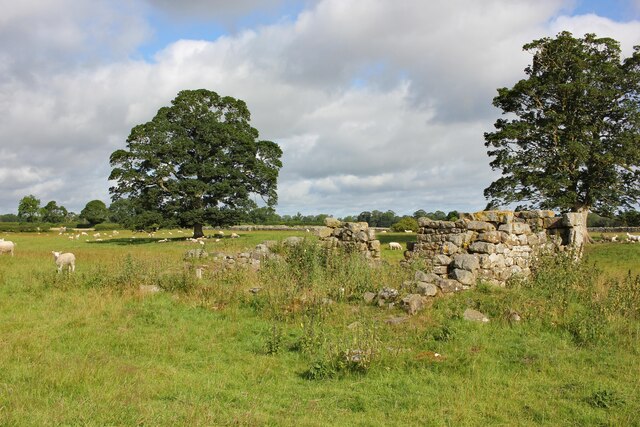
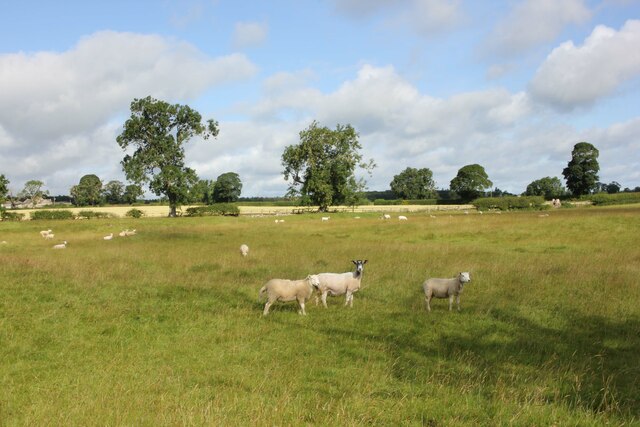
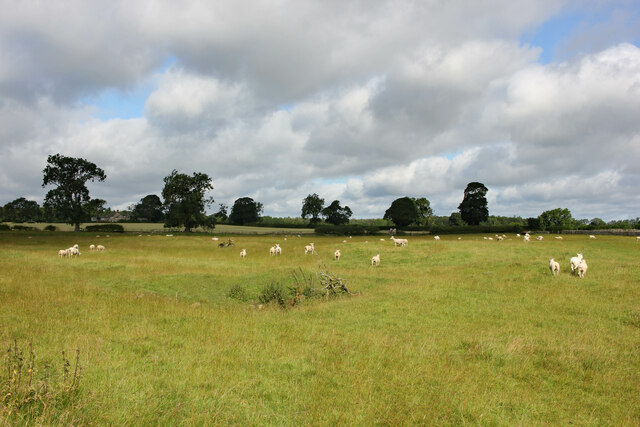
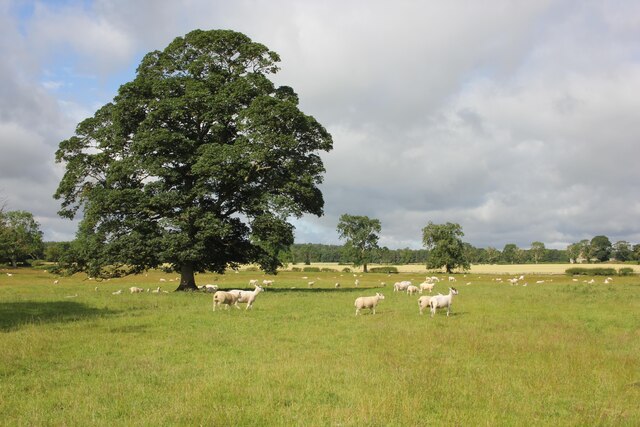
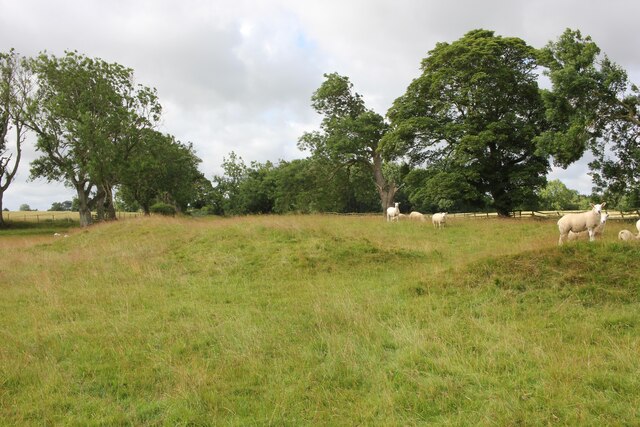
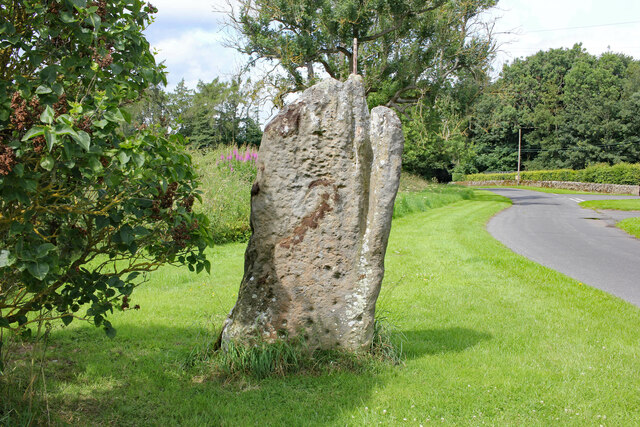
Matfen Park is located at Grid Ref: NZ0371 (Lat: 55.034331, Lng: -1.9524386)
Unitary Authority: Northumberland
Police Authority: Northumbria
What 3 Words
///greet.declines.inviting. Near Corbridge, Northumberland
Nearby Locations
Related Wikis
Matfen Hall
Matfen Hall is a 19th-century country mansion in Matfen, Northumberland, England, the seat of the Blackett baronets and now also a hotel and country golf...
Matfen
Matfen is a village and a civil parish in Northumberland, England, near the town of Hexham and the city of Newcastle upon Tyne. It is an example of a 19th...
Milecastle 19
Milecastle 19 (Matfen Piers) was a milecastle of the Roman Hadrian's Wall. Sited just to the east of the hamlet of Matfen Piers, the milecastle is today...
Great Whittington
Great Whittington is a village and former civil parish, now in the parish of Whittington, in Northumberland, England, 7 miles NE of Hexham. In 1951 the...
Nearby Amenities
Located within 500m of 55.034331,-1.9524386Have you been to Matfen Park?
Leave your review of Matfen Park below (or comments, questions and feedback).
